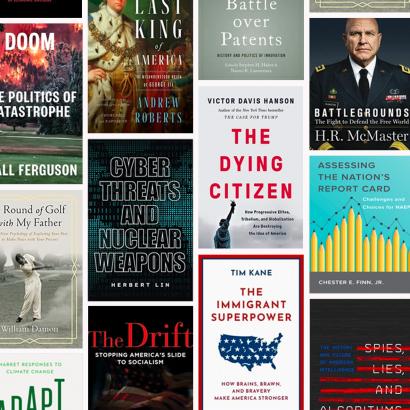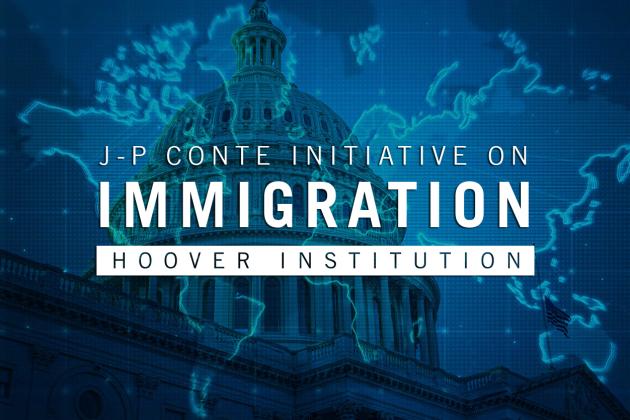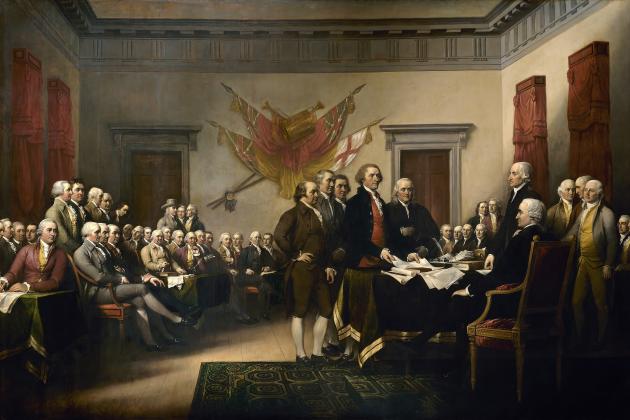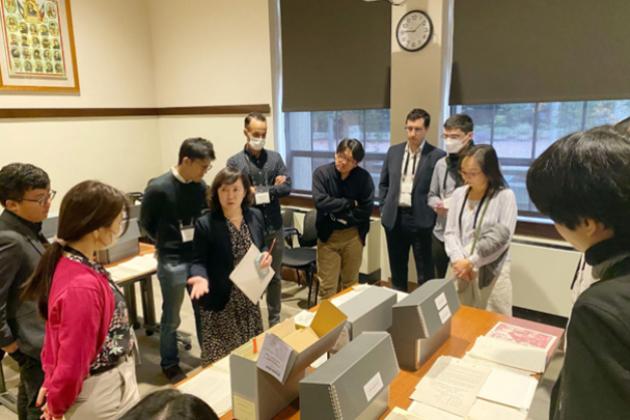PARTICIPANTS
Bob Hall, Adrien Auclert, Michael Boskin, John Cochrane, Darrell Duffie, Ben Hebert, Nick Hope, Ken Judd, Pete Klenow, Steven Langlois, Josh Rauh, Greg Rosston, George Shultz.
ISSUES DISCUSSED
Robert E. Hall, Robert and Carole McNeil Joint Hoover Senior Fellow and Professor of Economics at Stanford University, discussed his paper on “Achieving Price Stability by Manipulating the Central Bank's Payment on Reserves,” written jointly with Ricardo Reis of the London School of Economics and Political Science.
Hall started with a description of central bank operating procedures in the current regime. With a large balance sheet, the Fed changes the interest rate by simply paying more or less on reserves. A lively discussion of these reserve mechanics followed.
Hall described a variety of historical experiences with indexed and dual currencies. One that got a lot of discussion is Chile’s unidad de fomento. This is a “currency” whose value is adjusted daily in terms of Chilean pesos to reflect inflation. Virtually all forward contracts in Chile are written in terms of UFs. A lively discussion of indexing and why contracts are or are not indexed followed. Certainly Hall’s view that the government by creating this “currency” makes it easier to index contracts has a lot to do with it, at least by consensus of the discussion.
Hall proceeded to describe the basic idea of his paper. The basic idea can be described in terms of a commodity standard, in which the government promises to deliver the constituents of the CPI in return for a “dollar.” That commitment can clearly determine the value of a “dollar” (at least if the government has the fiscal resources to back the promise, a topic that came up for debate a few times.) Next, if the government makes that promise on one day, then dollars (reserves at the Fed) will carry that value on the previous day, marked up or down for the rate of interest. This is the key to the proposal.
A lively debate followed on just how the contract would look when only CPI financial contracts can be traded, and there is no physical delivery of CPI index constituents. The Fed essentially introduces an arbitrage opportunity into financial markets for any but its desired price level.
The goal of the paper is, by all accounts ambitious: to describe a set of monetary arrangements that determine the price level without the multiple equilibrium and strange threats of the dominant new-Keynesian paradigm, and without the fiscal backing of that theory.









